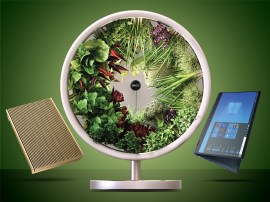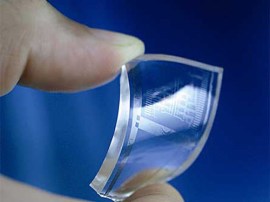5 mind-blowing materials that will change the future
Weird, wonderful and likely to be popping up in some life-altering technology you encounter in the near future
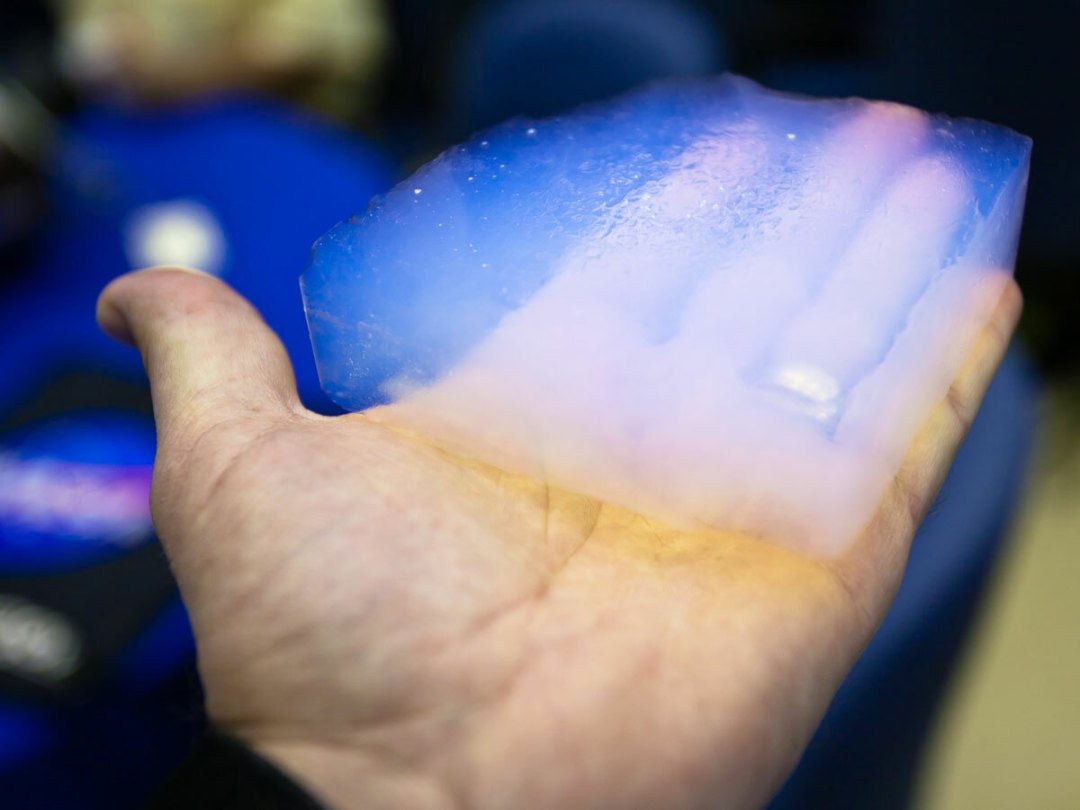
Think aluminium, Kevlar or Teflon are cool? Wait till you read about what’s new in the world of materials…
BioWool
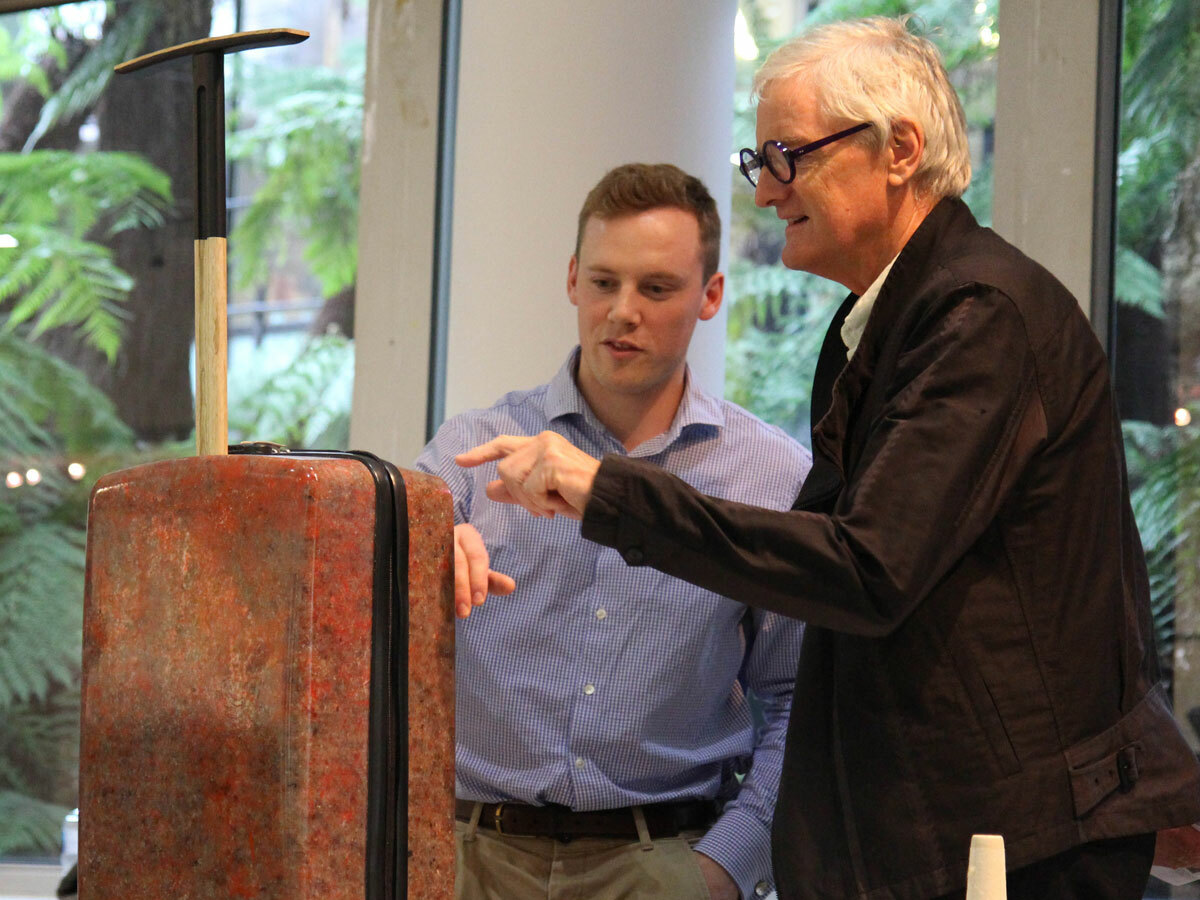
Developed by New Zealander Dan McLaughlin, BioWool is a biopolymer that’s flame resistant and free from harmful chemicals and compounds. Made mainly from carpet factory waste material, BioWool has dozens of potential uses: car interior and bus seat material, and even luggage – McLaughlin has already managed to make a prototype suitcase from it. As well as versatile, the material is very environmentally sound: it’s made from waste and once buried in the ground, it’s estimated it will fully biodegrade in around two years. It was innovative enough to catch the eye of the James Dyson Foundation, which supported McLaughlin’s work with a £5,000 grant.
Ultra-Ever Dry
Imagine a world where a spilled glass of Pinot Noir didn’t mean a hefty cleaning bill for your Axminster. That’s the world that Ultra-Ever Dry wants to create. Less a material than a coating for, well, pretty much any material, it repels water, mud, oil, paint and almost any liquid with eye-popping efficacy – just look at all the examples in the video above. When sprayed onto a surface, that surface essentially becomes stain-proof, ice-proof, rust-proof, bacteria-proof and self-cleaning. Which is pretty amazing. It’s available now, with a disclaimer that it’s designed for industrial use only.
Mushroom Packaging
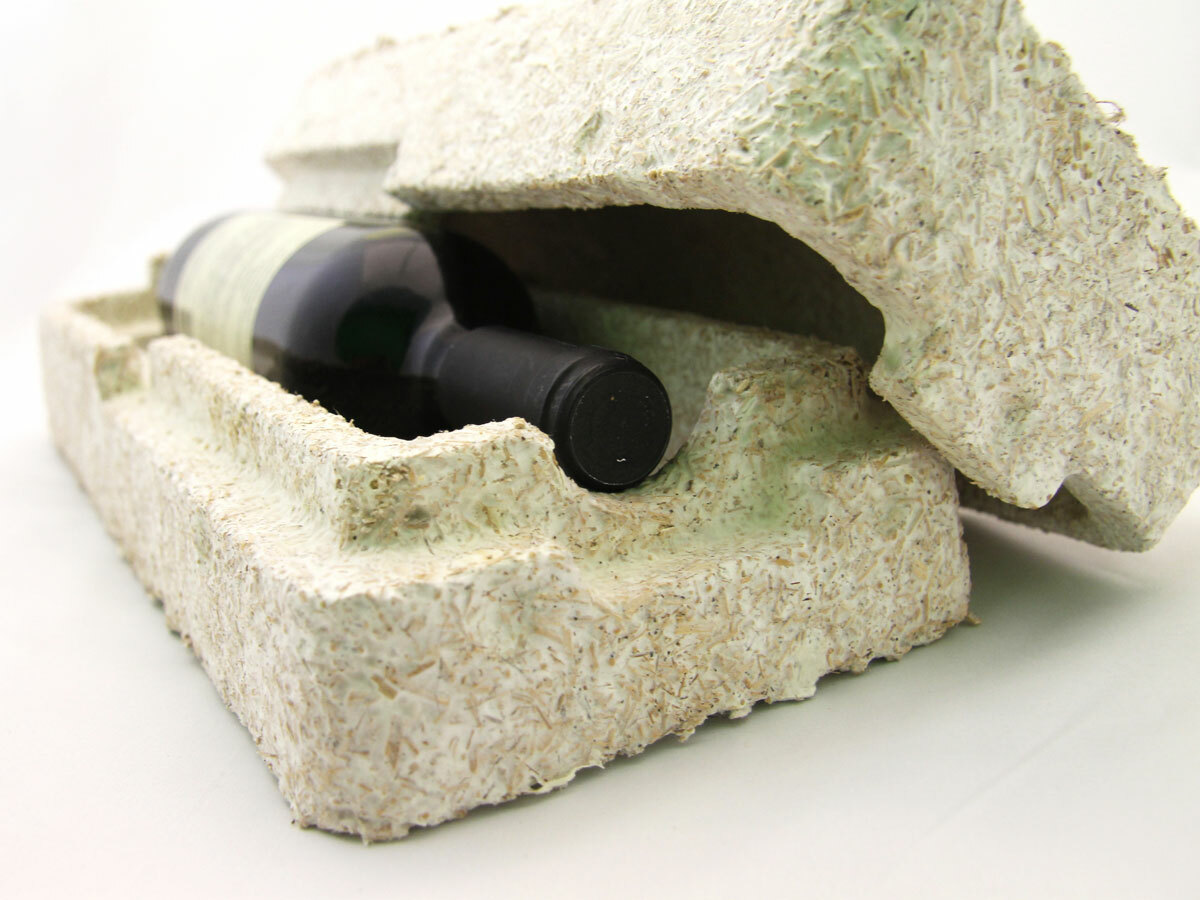
Styrofoam is a useful material but green it most certainly isn’t. Enter Mushroom Packaging, an alternative made entirely out mycelium, a network of fungal threads that’s “grown” around a filling of agricultural byproducts. The process takes about a week and takes place in the dark with no requirement for chemicals or even water. Strong and insulating, Mushroom Packaging can be formed into almost any shape. Mycelium can also be used for surfboards, car bumpers and even clothing – and once put in the ground it’s fully biodegradable.
Aerogel
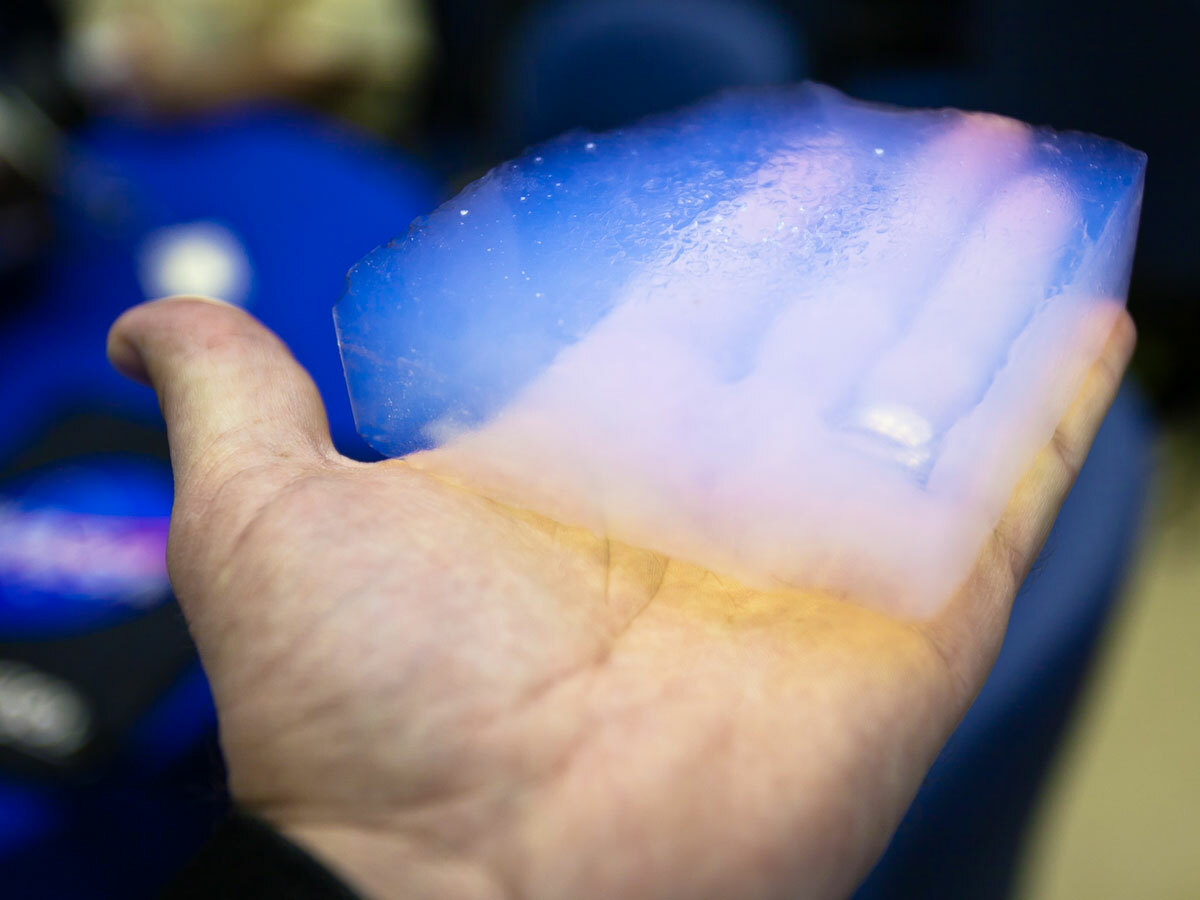
Nicknamed “frozen smoke”, aerogel is one of the lightest solid materials on the planet, being semi-transparent and made of 99.98 percent air. Made from drying gels of various elements, it’s both strong and an incredibly potent insulator against both heat and cold – one potential use could be a transparent dome for humans to live in on the Moon. The secret to its incredible properties is its internal fractal structure, which has a massive surface area to volume ratio: a cubic inch of aerogel may have an internal surface area equivalent to a football pitch. Aerogels are already used in wetsuits, firefighter suits, windows, cosmetics and, er, nuclear weapons, and in the future they’re expected to be used in body armour, non-deflatable tyres and heat shields for spacecraft re-entry.
Image credit: Kevin Baird
Carbon nanotubes
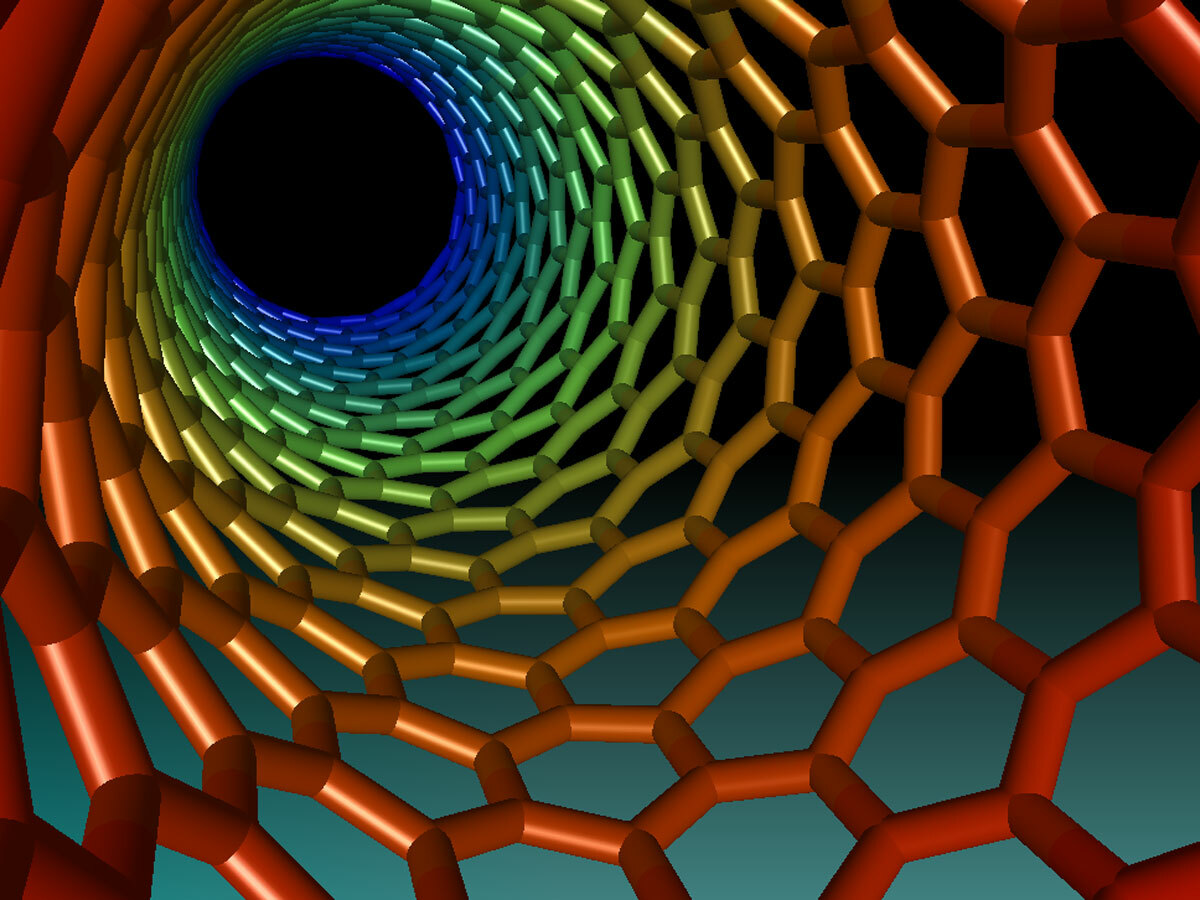
Not to be confused with carbon fibre, carbon nanotubes are incredibly tiny tubes (yes, you guessed right) of carbon atoms (correct again). The properties of a particular nanotube depend on how it was rolled; it’s possible to make one of these things hundreds of times stronger than steel whilst being six times lighter, so you can see why they’re of such interest to the aerospace and automotive industries. Not only that, they can also be made extremely conductive, meaning they have a potential use in microchip – or rather nanochip – manufacture in the not-too-distant future.
Image credit: Geoff Hutchison


